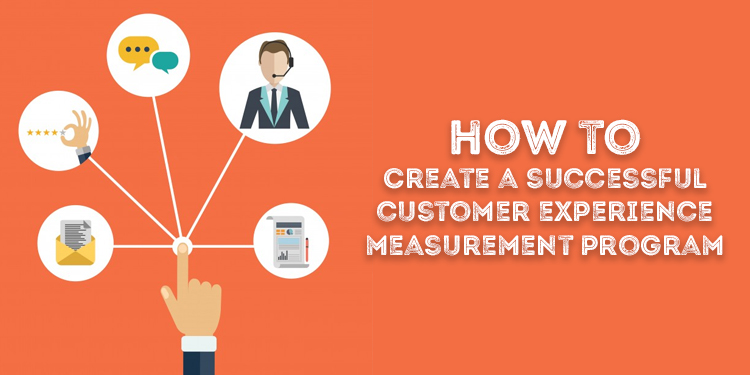
Source: Wizu
If you are running a customer experience (CX) strategy, then how you measure CX is integral to your success. You need to define the right metrics and then use them to make improvements. Without a customer experience measurement program in place, you will struggle to understand what areas are broken and which are working. In this post, we will look at some proven steps you can follow to optimize your customer experience efforts.
Be Regular
39% of companies don’t regularly ask customers for feedback about their interactions – Forrester. This is the most basic form of CX measurement and by not continually talking to your customers you will not see trends occurring. Your competitors are constantly changing and the customer expectations can often shift so you need to regularly listen to the voice of your customer to ensure you remain one step ahead and are not left in the dark about how your customers feel.
Don’t Underestimate The HOW
So, you probably know WHY you want to measure customer experience. You might know WHAT you want to actually measure but don’t neglect HOW you actually collect the data. Sending customers an impersonal, overly long survey form can actually have a negative impact on the customer experience. Look at more innovative and interesting ways to collect your customer data and opinions. Include personalisation, add branding and ensure your customers feel like their voice matters.
Keep Moving
A successful program needs to be dynamic. Over time you will begin to determine which experiences matter the most to your customers and link these with outcomes. You will also be able to define which metrics best measure them. However, to remain relevant, you must continue to review these areas and adjust your strategy in line with changes in customer behaviour.
Connect Your Metric To An Experience
Not every metric is suitable for every experience. Select the CX metric that matches the experience. You will want to use separate metrics to measure things like: customers’ perceptions of their experiences, what happened during the experience and any business outcomes that result from this. Then you can look at connections between the results and start to analyse a ROI from your program.
Link CX and Business Outcomes
It is important to model the influence of customer experience metrics on business outcomes. This helps you with gaining budget and sign off for customer experience investment and helps you link changes you make with business metrics that matter the most. If you can prove an NPS increase linked to an increase in revenue, then you have more scope to invest more time and money into improving your customer experience further.
Share Your Data & Act
Collecting the data is one thing but actually sharing and acting on that data is the true path to CX maturity. You need to be reviewing your customer experience metrics and sharing the findings with your employees regularly. Getting staff across the company involved in your CX program will help create a more unified approach, improve staff buy in and could ultimately lead to improve employee engagement alongside increased customer satisfaction. You also need to plan how you will identify and react to issues in order to prioritize improvement opportunities.
Prioritize Customers
You might have a lot of different customers so it can sometimes be overwhelming to try and measure everyone’s experience. Start by focusing on the customer segments that are most important to your business and you can roll out your strategy from that point. Different customer segments may also have different expectations or can follow a different customer journey. You could create multiple customer personas and create individual customer journeys in order to define the right CX metrics for each segment at each touchpoint.
Give Yourself A Target
In order to motivate yourself and your staff try to set performance targets for improving experiences. Collect your initial customer data to set a benchmark and then set a realistic initial target to improve this. The data will provide the insight you need to achieve the target and each time you reach your target, set yourself another. It is important not to become complacent in your strategy and continue to strive for improvement.



